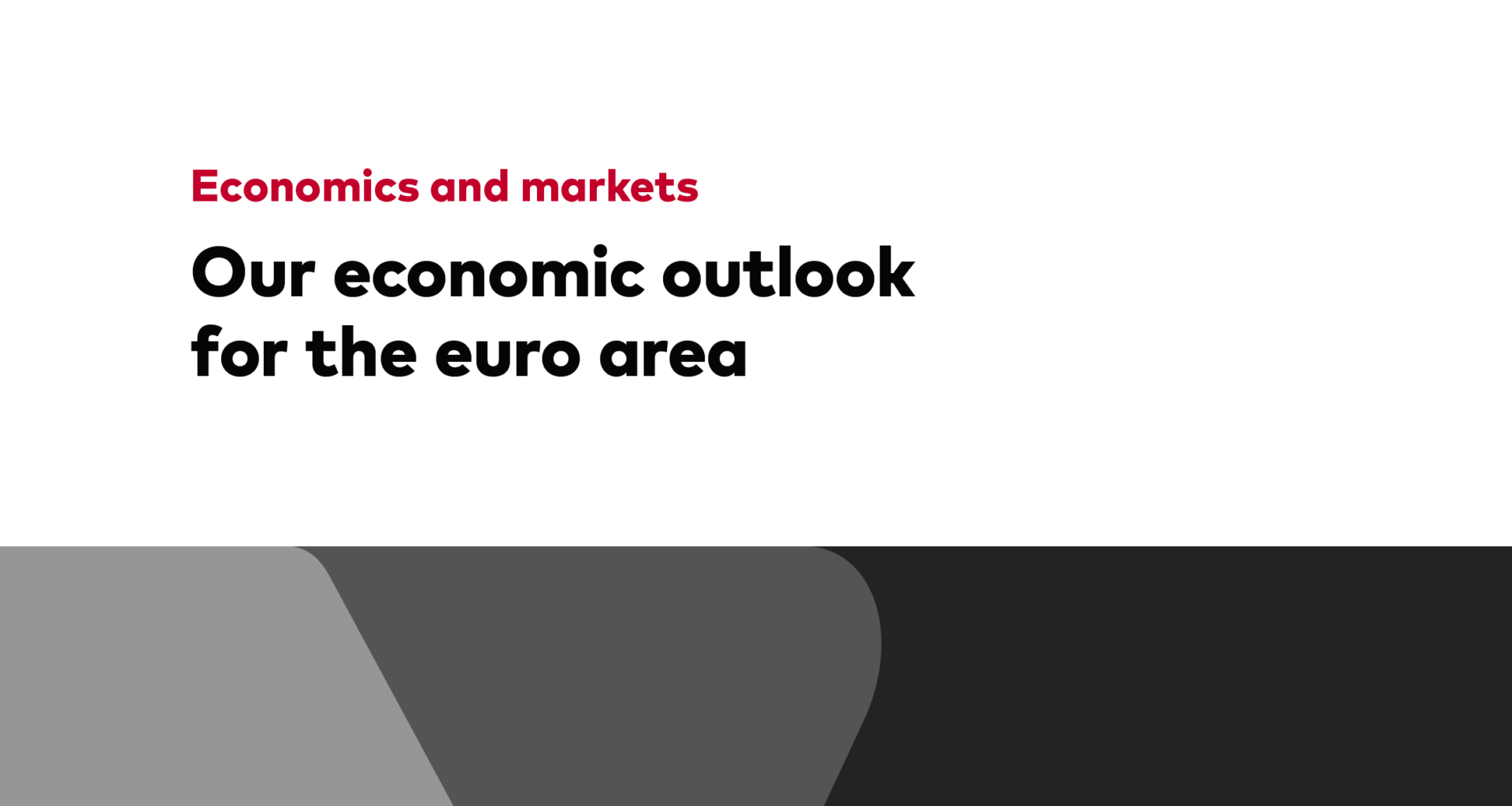We expect growth in the euro area to track around 1% in both 2025 and 2026, slightly below trend. Softening global activity, driven partly by elevated policy uncertainty and higher tariffs, is expected to weigh on final demand. The tailwinds from Germany’s fiscal package and greater defense spending throughout the European Union are more of a 2026 story. Risks are skewed toward a slower implementation or smaller package than our current baseline.
The chances of undershooting the 2% inflation target set by the European Central Bank (ECB) are rising. Both wage growth and services inflation are now falling meaningfully. And a weakening global growth outlook, stronger euro, and lower energy prices all point to further disinflation ahead.
Following the messaging at the ECB’s June press conference, in which the president of the ECB repeatedly stated that the central bank was in a “good position” at the current policy rate level (2%), we think a pause at the July meeting is now likely. We forecast just one more rate cut this cycle, likely in September, which would leave the policy rate at 1.75%, a touch below our estimate of neutral (2%–2.5%). The balance of risks is skewed toward further easing.
